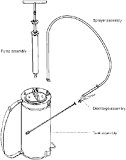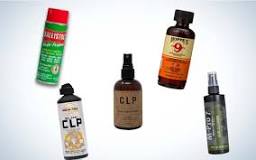When it comes to dealing with bees, exterminators often use a white powder known as insecticidal dust. This powder is typically made from ingredients like pyrethrins and silica gel, which are effective in targeting various types of bees, including carpenter bees and wasps. The dust works by adhering to the bees and disrupting their nervous systems, ultimately leading to their demise.
Understanding Insecticidal Dust
Insecticidal dust is a popular choice among pest control professionals for several reasons:
Effective Delivery Method
- The powder can be easily puffed into nests or entry points, ensuring that it reaches the bees directly.
- It can linger in the environment, providing ongoing control as new bees come into contact with it.
Types of Powders
- Drione Dust: This is a common choice, primarily composed of silica gel and pyrethrin. It’s known for its effectiveness but can be harder to find due to supply issues.
- Pyganic Dust: Similar to Drione but without certain synergists, making it slightly less potent but still effective.
Safety Considerations
- While insecticidal dust is effective, it’s important to handle it with care. The powders can be toxic not just to bees but also to pets and humans if ingested or inhaled.
How Exterminators Use It
Exterminators typically apply the dust in the evening when bees are less active. Here’s how they do it:
- Locate the Nest: Identifying where the bees are nesting is crucial.
- Apply the Dust: Using a duster, they puff the powder into the nest entrance or around areas where bees are frequently seen.
- Monitor Results: After application, they’ll check back to ensure that the bee population has decreased.
FAQ
Is insecticidal dust safe for pets?
Insecticidal dust can be harmful to pets if ingested or inhaled. It’s essential to keep pets away from treated areas until it’s safe.
Can I use insecticidal dust myself?
Yes, homeowners can use insecticidal dust for DIY pest control, but they should follow safety instructions carefully and consider consulting professionals for severe infestations.
What should I do if I’m allergic to bee stings?
If you have a known allergy to bee stings, it’s best to hire a professional exterminator instead of attempting removal yourself. Always have an emergency plan in place.
In summary, while insecticidal dust is a powerful tool for exterminators dealing with bee infestations, it’s important to use it responsibly and be aware of safety precautions. If you’re facing a bee problem, consider your options carefully—sometimes calling in the pros is the best way to go.







